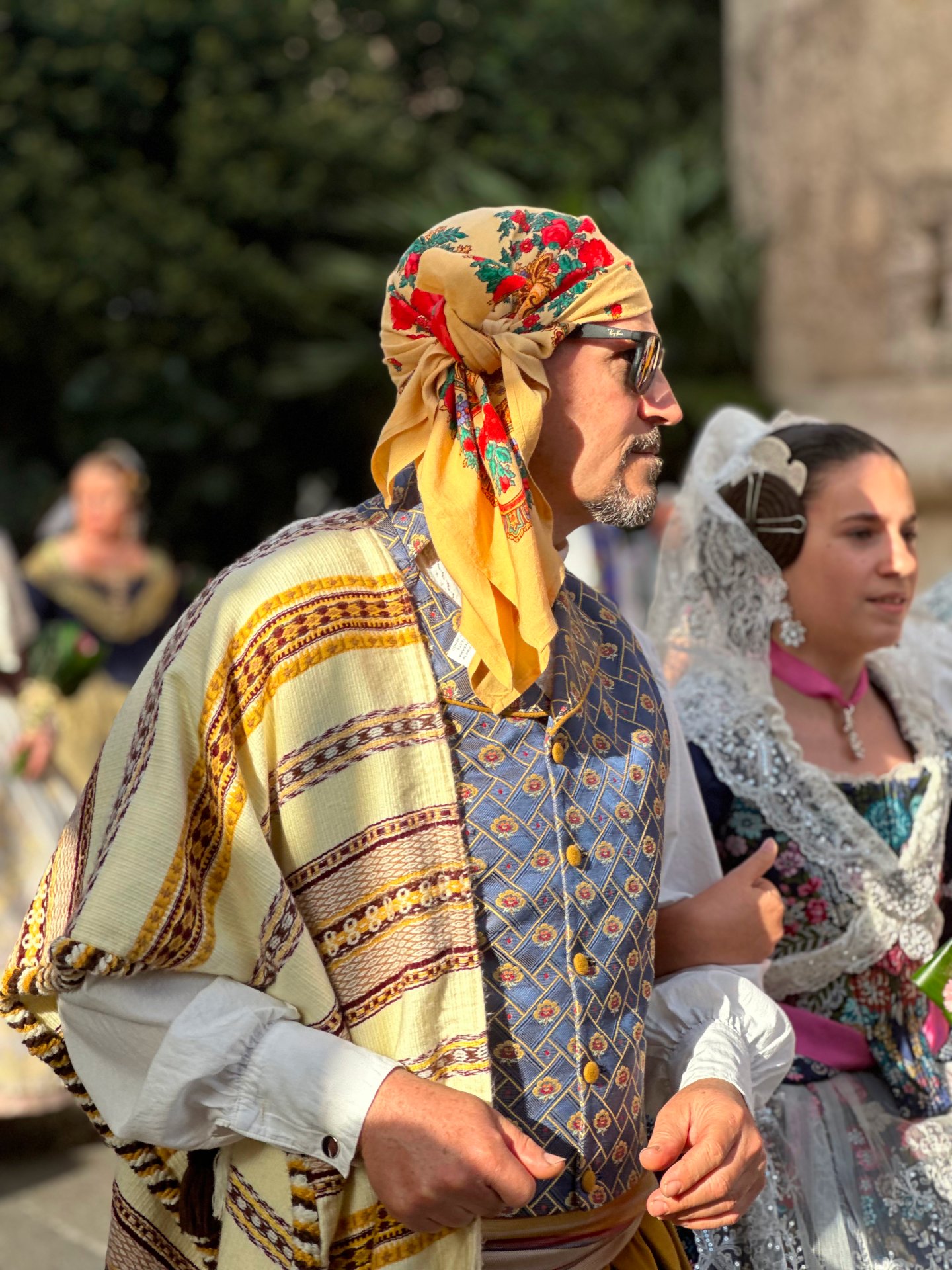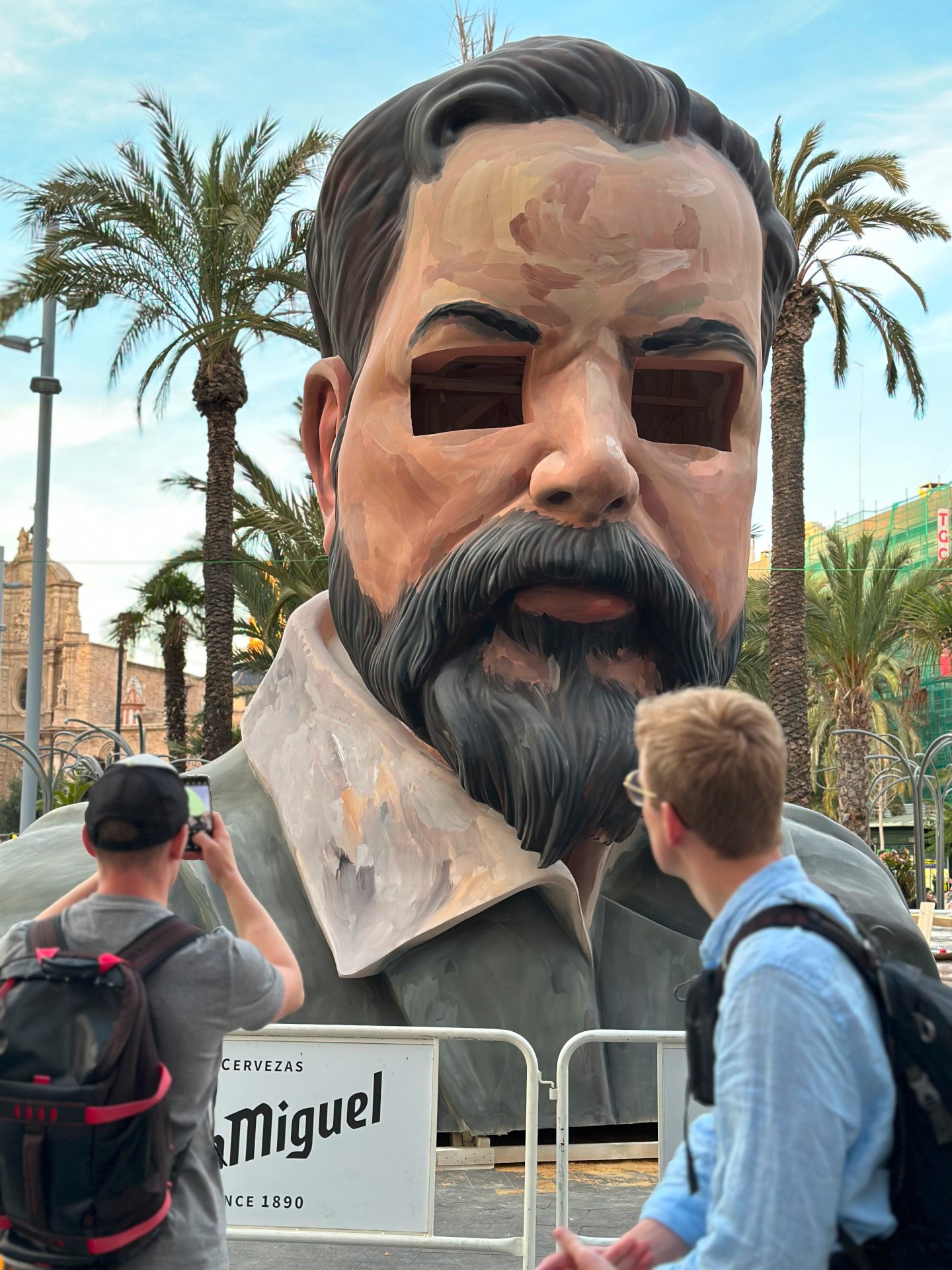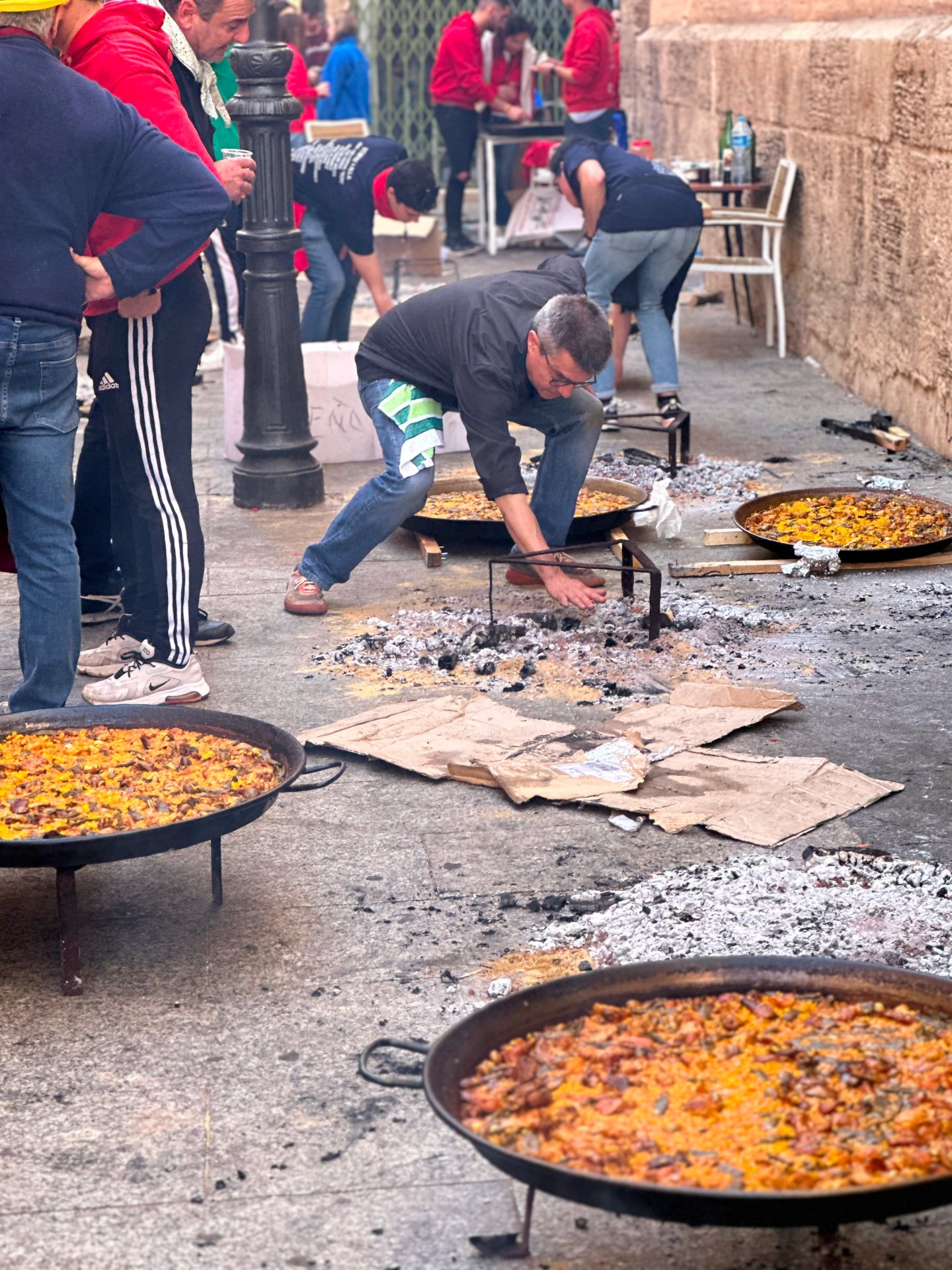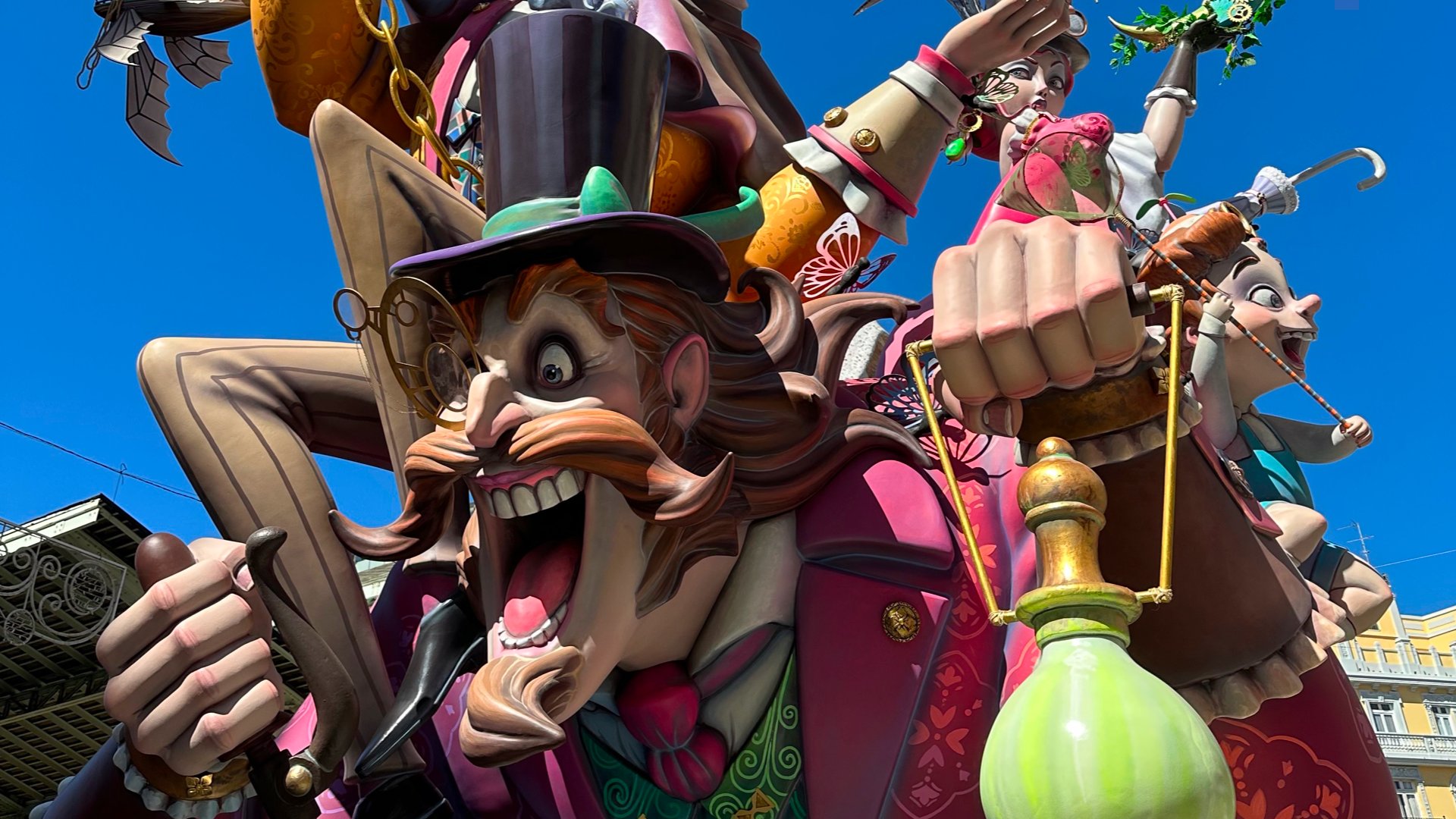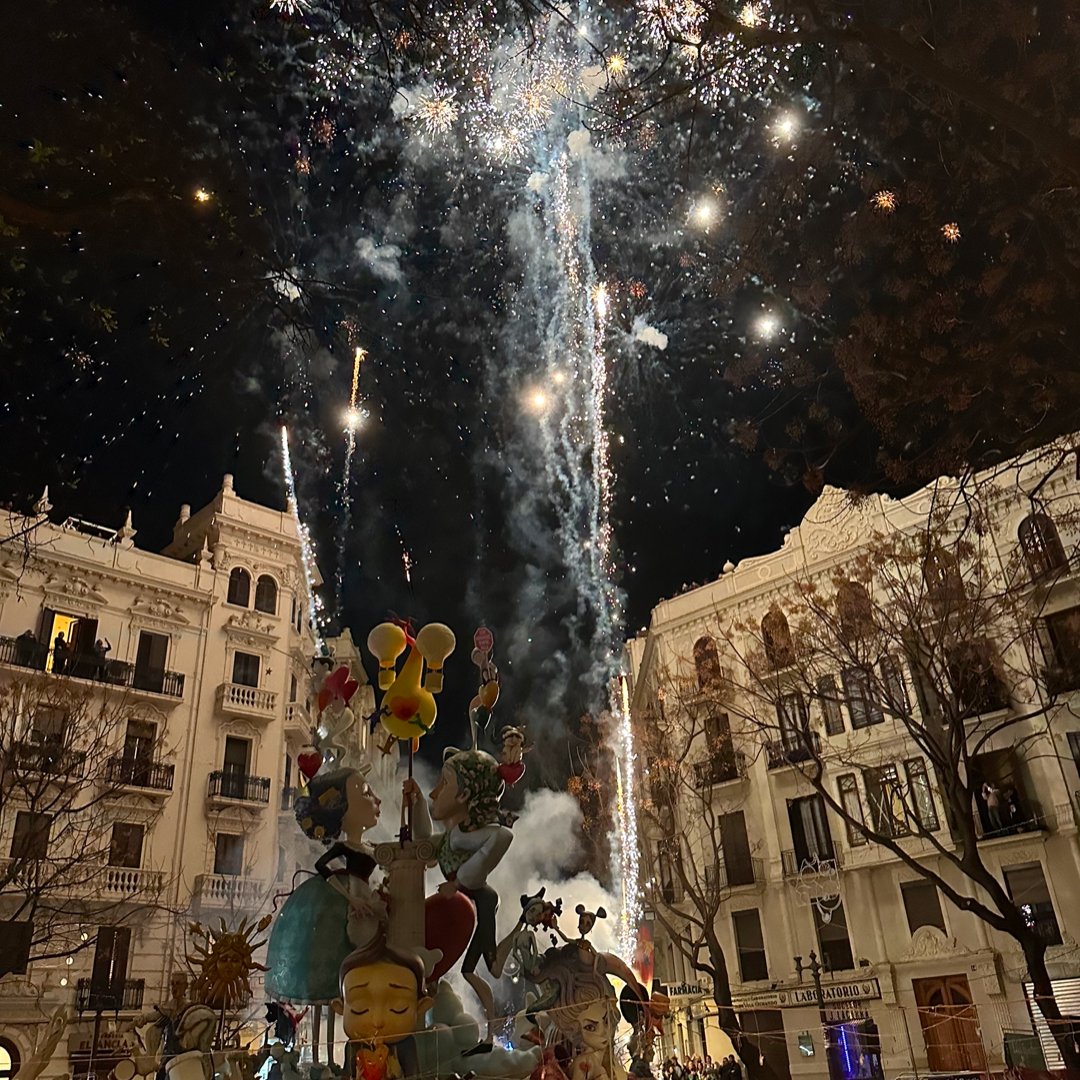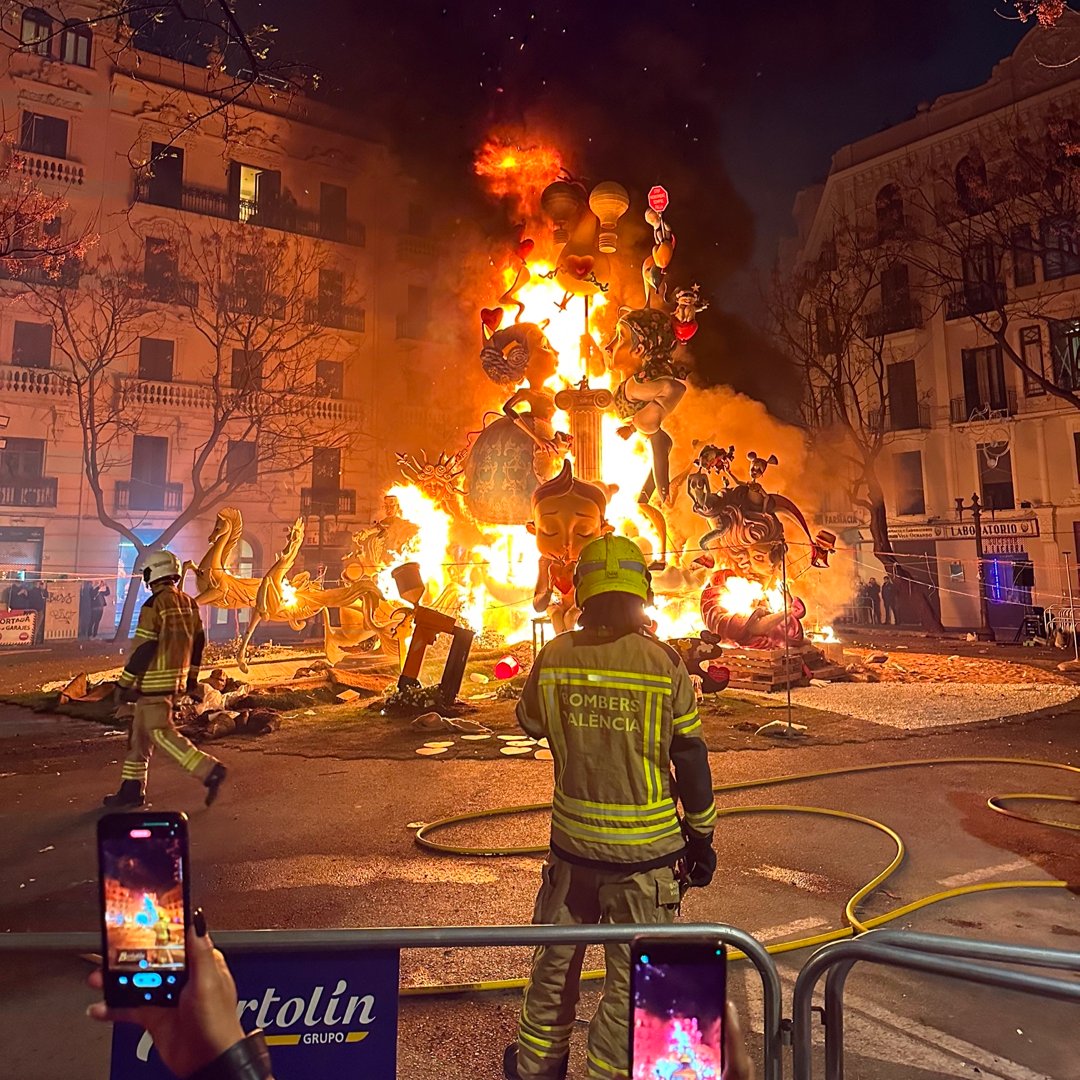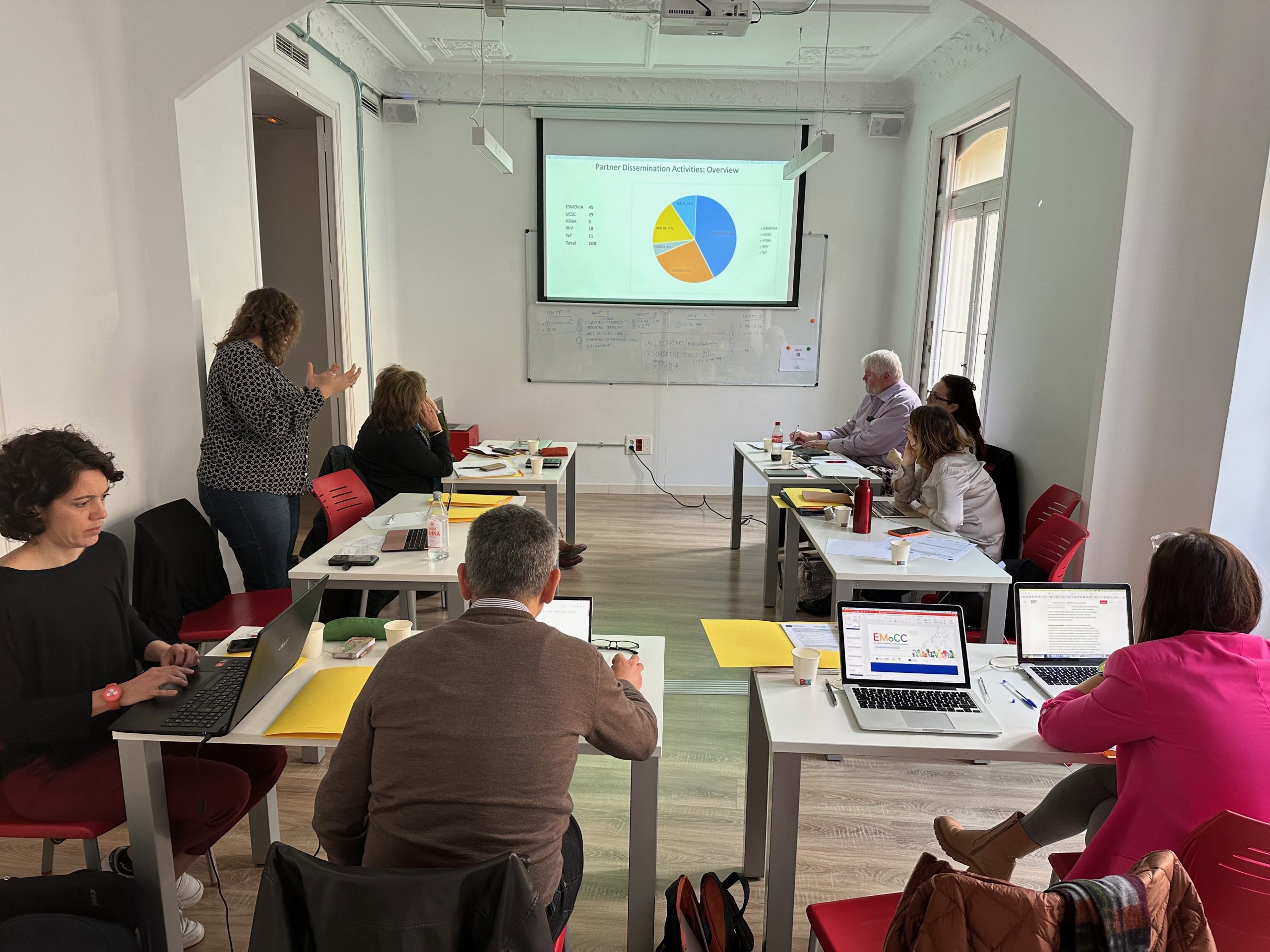Valencia has a long coastline of 25 km, of which 19.5 are beaches.
The temperate weather of the coast, its long beaches, the natural coves and the warm waters of the Mediterranean sea, make possible to enjoy the sun and the sea almost 365 days a year. There are many beaches that Valencia region hosts; without leaving Valencia you can enjoy these 8 beaches that we show you below:
1. Malvarrosa
Malvarrosa beach is the urban beach of Valencia par excellence, the most famous beach of all the Valencian beaches. Because of its proximity and open space, it is usually the busiest during the summer and it usually hosts numerous activities, such as volleyball tournaments, concerts or fly kites meetings. Its promenade, which began to be built in 1980, houses restaurants and cafés. It has different lifeguard services and an area adapted for people with reduced mobility.
Bus: 1, 2, 19, 20, 31, 32, N1, N9.
2. Cabañal-Arenes
Cabañal-Arenes beach is the second urban beach par excellence, behind Malvarrosa beach, which attracts hundreds of tourists year after year. This emblematic beach, which takes its name from the adjacent neighbourhood, the Cabañal neighbourhood, is located a few minutes from the city centre of Valencia and offers all the amenities: restaurants, lifeguard services, transportation and recreational areas. All distributed over 1200 meters of sand. Originally, this beach was known as ‘Levante’ or ‘Cabañal’, although it is popular known as Las Arenas because of the traditional ‘Balneario de las Arenas’ that was the meeting place for the Valencian bourgeoisie of the late nineteenth and early twentieth centuries. Currently there is an imposing hotel that has kept the name in his honour.
Bus: 19, 31, 32, 92, 93, 98, 95, 99, N1, N9.
3. Pinedo
Pinedo is a small district on the southeast of the city of Valencia. The beach of Pinedo is made of fine and golden sand and its waters are calm. It limits to the north with the new mouth of the Turia River and with Pinedo and rice fields of the interior. You can enter the protected area of the Albufera Natural Park. It has an urbanized promenade of around 3 km. long in which there is a wide variety of beach bars and restaurants. There is an area for nudism and another to go with dogs. The latter is the closest to the port of the city.
Bus: 14, 15 y 25.
4. L’Arbre del Gos
L’Arbre del Gos beach is a wild and quiet beach near the first dunes of the Albufera Natural Park. It has a length of 2600 meters and it is equipped with all services, including a bike path on its seafront.
Bus: 25.
5. El Saler
El Saler beach is maybe one of the best beaches of Valencia. It is on south of the city and is famous for its white sand and its big area, delimited by ‘La Marjal’ and ‘La Albufera’.
Bus: 25.
6. La Garrofera
This beach is inside the national park of Albufera and offers one kilometre of fine sand. ‘La Garrofera’ is between ‘El Saler’ and ‘La Devesa’. First stretch of 800 meters is a naturist area. It has lifeguard services.
Bus: 190C y 25.
7. La Devesa
15 minutes from the city of Valencia there are important ecosystems such as the beach of ‘Devesa del Saler’ or ‘Dehesa’. This one, also called “Playa de la Malladeta”, separates the Albufera lake from Mediterranean Sea. ‘La Devesa’ is special because is one of the beaches that is inside the natural park of Albufera. This is one of its attractions. Also, it has 5 km. of fine sand and littoral dunes that protect an ecosystem full of lagoons and all kinds of vegetation that protect many birds. Here, nudism is permitted.
Bus: 190C y 25.
8. Recatí-Perellonet
Its 4 kilometres of sand and its width of approximately 45 meters, make the area of Recatí-Perellonet an ideal beach for sports. In the first line there are several restaurants where they serve fresh fish and other typical dishes of Valencian cuisine. It is a quiet beach of fine sand, bounded by a residential area known as the Perellonet, behind which extends a large expanse of rice crops. It has lifeguard and health care services.
Bus: 25.
